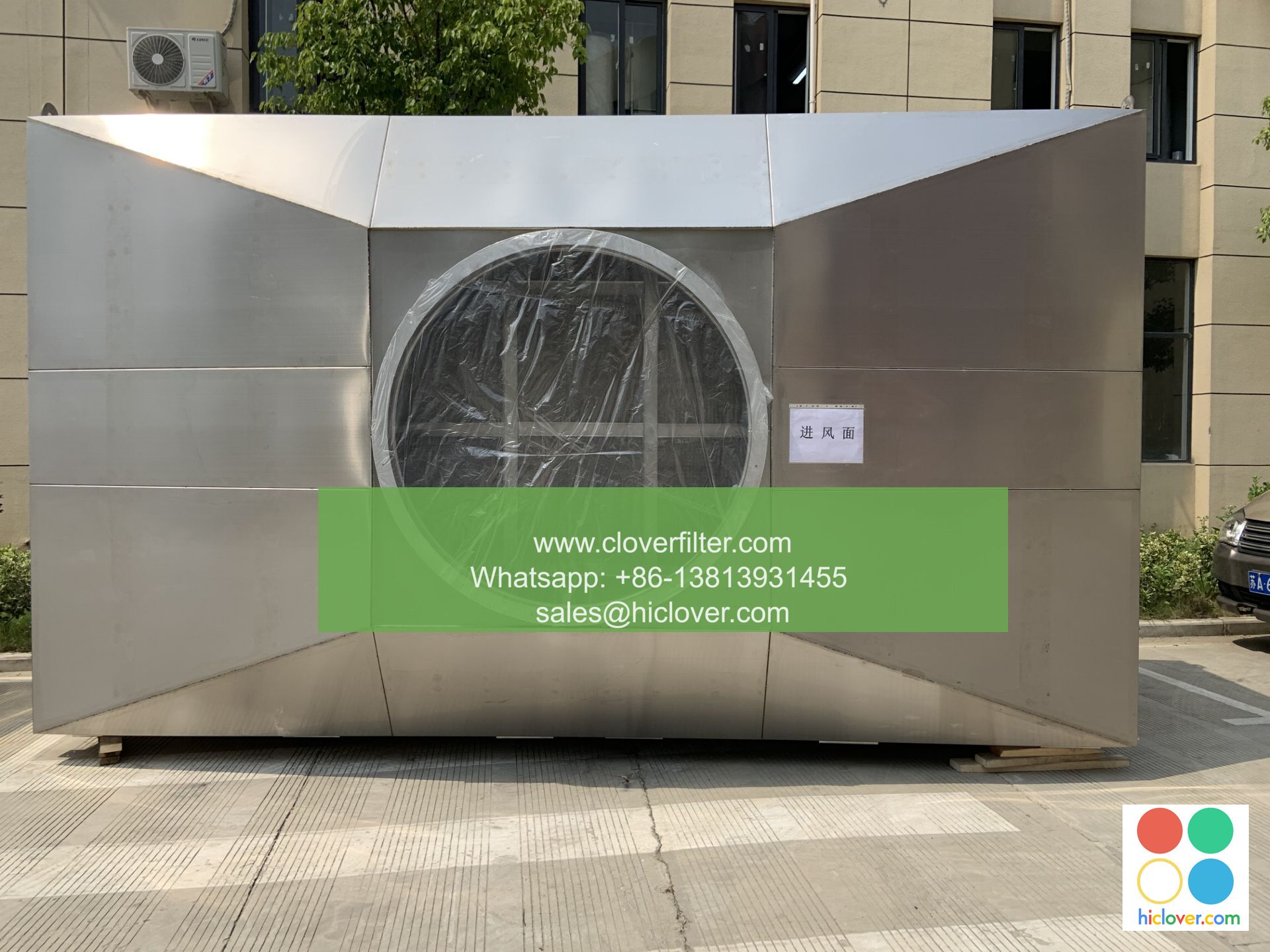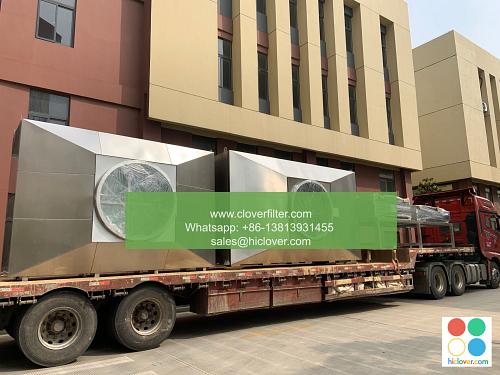Air Filter Installation Challenges: A Guide to Troubleshooting Common Issues

The installation of air filters is a crucial process in maintaining good indoor air quality, reducing energy consumption, and prolonging the lifespan of heating, ventilation, and air conditioning (HVAC) systems. However, air filter installation challenges can arise, causing frustration and inefficiency. In this article, we will discuss the common issues that arise during air filter installation, focusing on troubleshooting techniques for residential, commercial, and industrial applications.
Understanding Air Filter Types and Their Applications
Before diving into the challenges, it’s essential to understand the different types of air filters available, including activated carbon filters, HEPA filters, and pre-filters. Each type has its unique characteristics, advantages, and application areas. For instance, activated carbon filters are ideal for removing gases, odors, and chemicals, while HEPA filters are designed to capture 99.97% of particles as small as 0.3 microns, making them suitable for hospital and healthcare applications.
Common Air Filter Installation Challenges
During the installation process, several challenges can arise, including:
* Mismatched filter sizes: Incorrect filter sizes can lead to reduced airflow, increased energy consumption, and decreased filter effectiveness.
* Incorrect filter orientation: Improper filter installation can cause air to bypass the filter, reducing its efficiency and potentially causing damage to the HVAC system.
* Insufficient filter sealing: Gaps or leaks around the filter can allow unfiltered air to enter the system, compromising indoor air quality.
* Filter media damage: Handling errors or poor storage conditions can damage the filter media, reducing its performance and lifespan.
Troubleshooting Techniques for Residential Applications
In residential settings, air filter installation challenges can be addressed by following these troubleshooting steps:
1. Verify filter compatibility: Ensure the filter is compatible with the HVAC system and meets the manufacturer’s specifications.
2. Check filter orientation: Confirm that the filter is installed in the correct direction, following the manufacturer’s instructions.
3. Seal gaps and leaks: Use foam tape or other sealing materials to ensure a tight seal around the filter.
4. Monitor filter performance: Regularly check the filter’s performance and replace it as recommended by the manufacturer.
Troubleshooting Techniques for Commercial and Industrial Applications
In commercial and industrial settings, air filter installation challenges require more complex troubleshooting techniques, including:
1. Conducting onsite surveys: Assess the site’s specific conditions, such as air quality, temperature, and humidity, to determine the most suitable filter type and installation method.
2. Using specialized equipment: Utilize equipment like anemometers and particle counters to measure airflow and filter performance.
3. Implementing maintenance schedules: Develop and follow regular maintenance schedules to ensure optimal filter performance and extend the lifespan of the HVAC system.
4. Collaborating with experts: Consult with experienced professionals, such as industrial hygienists and mechanical engineers, to address complex air filter installation challenges.
Best Practices for Air Filter Installation and Maintenance
To minimize air filter installation challenges and ensure optimal performance, follow these best practices:
* Read and follow manufacturer instructions: Understand the filter’s specifications, installation requirements, and maintenance recommendations.
* Use high-quality filters: Invest in filters that meet or exceed industry standards, such as those rated by the MERV (Minimum Efficiency Reporting Value) system.
* Regularly inspect and maintain filters: Check filters regularly for damage, wear, and tear, and replace them as needed.
* Keep records of filter installation and maintenance: Maintain a record of filter installations, replacements, and maintenance activities to ensure compliance with regulations and industry standards.
By understanding the common challenges and following the troubleshooting techniques outlined in this guide, individuals can ensure successful air filter installation and maintenance, resulting in improved indoor air quality, reduced energy consumption, and prolonged HVAC system lifespan. Whether in residential, commercial, or industrial applications, proper air filter installation and maintenance are crucial for achieving a healthy, safe, and efficient indoor environment. It seems like you didn’t include a question or topic in your prompt. Could you please provide more details or clarify what you would like to discuss? I’ll do my best to assist you.

